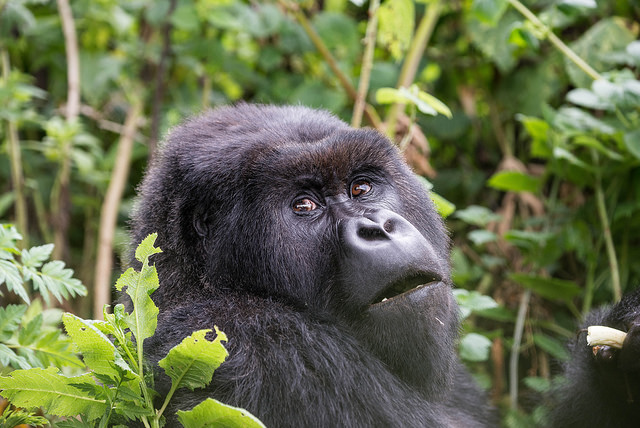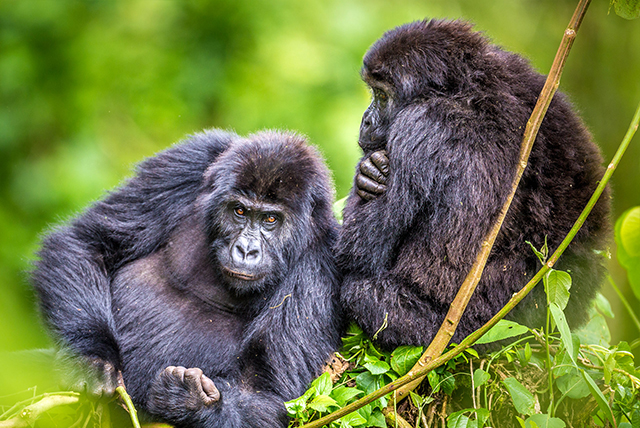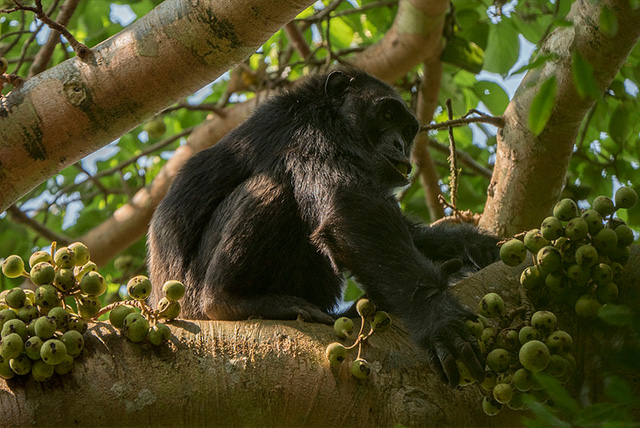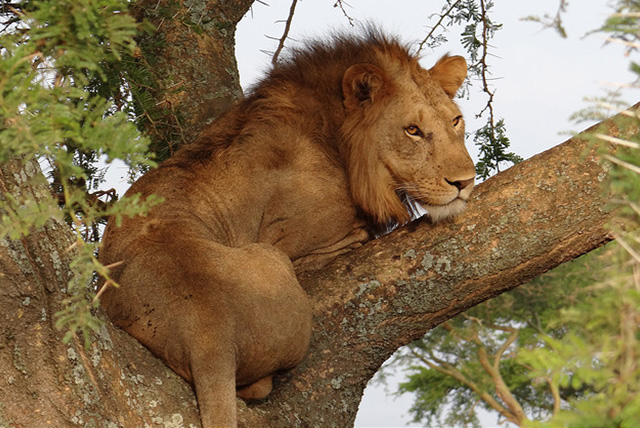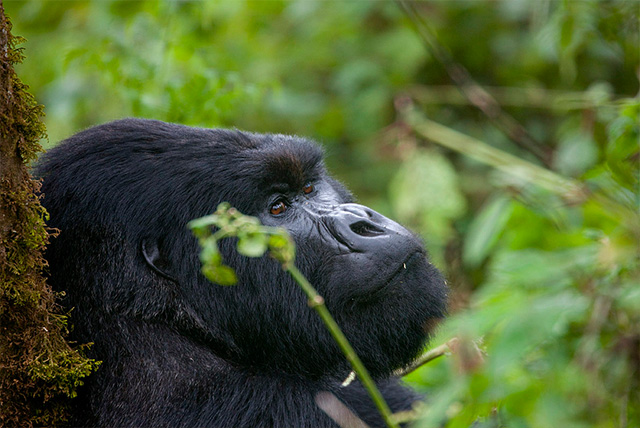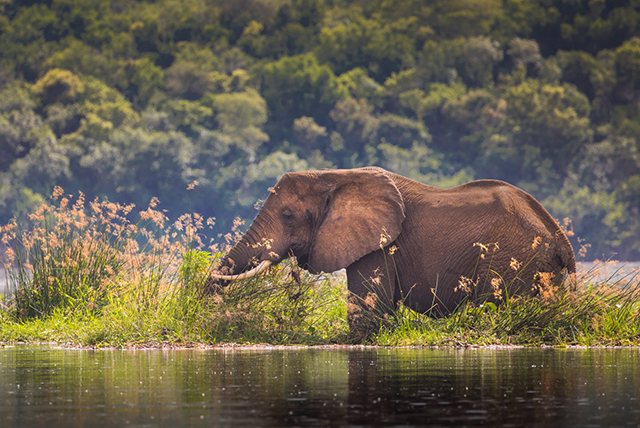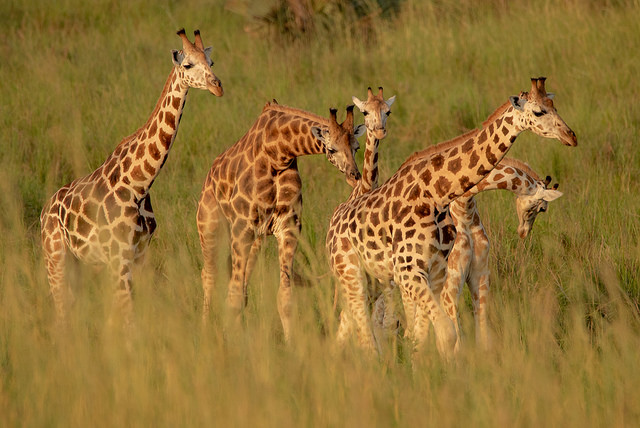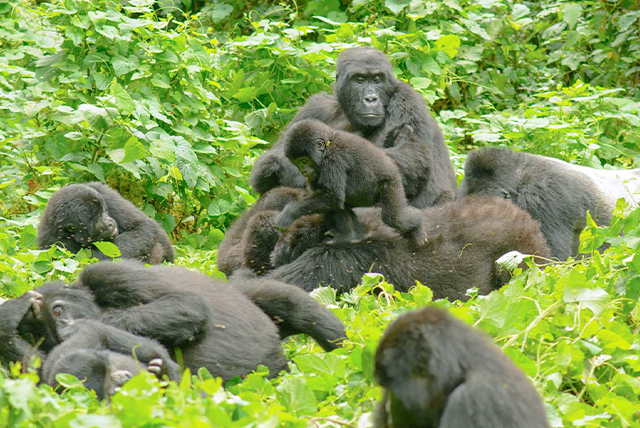Best time to Visit Kenya
When is the best time to visit Kenya?
The optimal period to visit Kenya is from June to October, when the daytime temperatures are moderate and there is essentially no rainfall. Nevertheless, Kenya is regarded as an exceptional destination for year-round safaris and seaside vacations due to its moderate climate and diverse geography.
Additionally, the majority of Kenya’s safari destinations are at their most spectacular between January and the end of March. The climate is generally mild, the terrain is predominantly arid, and the game viewing is exceptional. It is highly recommended that you contemplate a visit during the rainy season, which spans from mid-March to June and again from November to December. You will be able to take advantage of lower, off-season rates for safari lodges in Kenya and avoid the peak-season throngs.
The optimal time to visit Kenya’s renowned coastal destinations is a moot point, as the Indian Ocean coastline of Kenya is perpetually hot and extremely humid, and rainfall can occur at any moment.
Kenya travel Guide
Month by Month Guide for Travelling to Kenya:
Visit Kenya in January and February.
January is an excellent time to visit Kenya for game viewing because it is the height of the summer season. January is outside of the two major ‘long’ and’short’ rainy seasons and is a wonderful time for beach vacations on Kenya’s coast, but the temperatures are hot.
February is another excellent month for a Kenya safari; the central highlands are warm during the day and cool in the evening, whilst the coast is extremely hot during the day and similarly warm in the evening. February has the lowest precipitation levels in the Masai Mara compared to the rest of the year, increasing the likelihood of encountering wild species near drinking holes. Mount Kenya, Africa’s second highest peak, is best climbed around February.
Travelling to Kenya from March to May.
In March, the weather quickly changes from ‘hot and dry’ to ‘wet and rainy’. Rain is widespread throughout much of the country, and the savannah frequently becomes a muddy terrain, making some locations difficult to visit owing to impassable roads. The silver side to the less-than-ideal weather is that there are no crowds and prices are lower.
April is one of Kenya’s wettest and rainiest months. Nairobi and the central highlands are hot during the day but cool at night, but Mombasa is hot throughout the day and night. Game drives on muddy roads can be difficult in this month, but it’s an excellent time for photographers to go on safari. There is no dust, the area is lush and stunningly green, and the skies provide gloomy settings for stunning animal photography. Just make sure you safeguard your equipment from the elements!
Long rains have settled in to quench the African plains in May, and the beaches along the coast are no longer a haven for sun seekers. It is not the most suitable moment to embark on an oceanic adventure with powder-soft sand.
It’s not the best moment for a powder-soft sand, ocean vacation.
Traveling to Kenya from June to October.
The long dry season begins in June and lasts until October, making this the greatest time to visit Kenya for a true ‘Out of Africa’ safari experience. The weather is ideal during these dry months, animals congregates around water sources, and there is a sense of expectancy for the arrival of the Great Migration’s mega-herds in the Masai Mara.
The herds of Mother Nature’s greatest spectacle begin to arrive in the Masai Mara at the end of July, and you may be able to see stunning river crossings firsthand. The weather is warm and dry, but not too dusty, with occasional showers possible.
In August, the Great Migration is at its peak. The temperatures are comfortable, and herds of zebras and wildebeest perform death-defying river crossings while voracious crocodiles await. The weather is normally dry in September, and game viewing continues.
Although the migratory herds typically leave the Masai Mara in October, Kenya has plenty of resident wildlife to keep safari aficionados happy.
Visiting Kenya between November and December.
The short rainy season begins in November, and the majority of parks and camps remain open, while some camps on the Laikipia Plateau do close. Despite the rain, now is an excellent time to experience a less crowded Kenya safari at a lesser cost.
The last month of the year can be extremely hot and rainy, but observing the local animals is usually magnificent. December is also an excellent month for birdwatching because the number of birds increases significantly.

